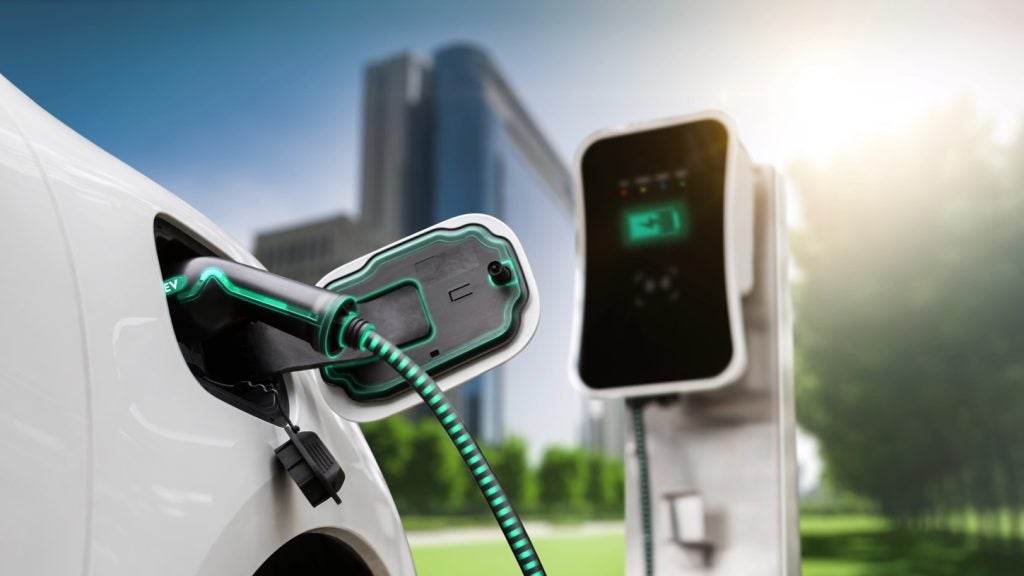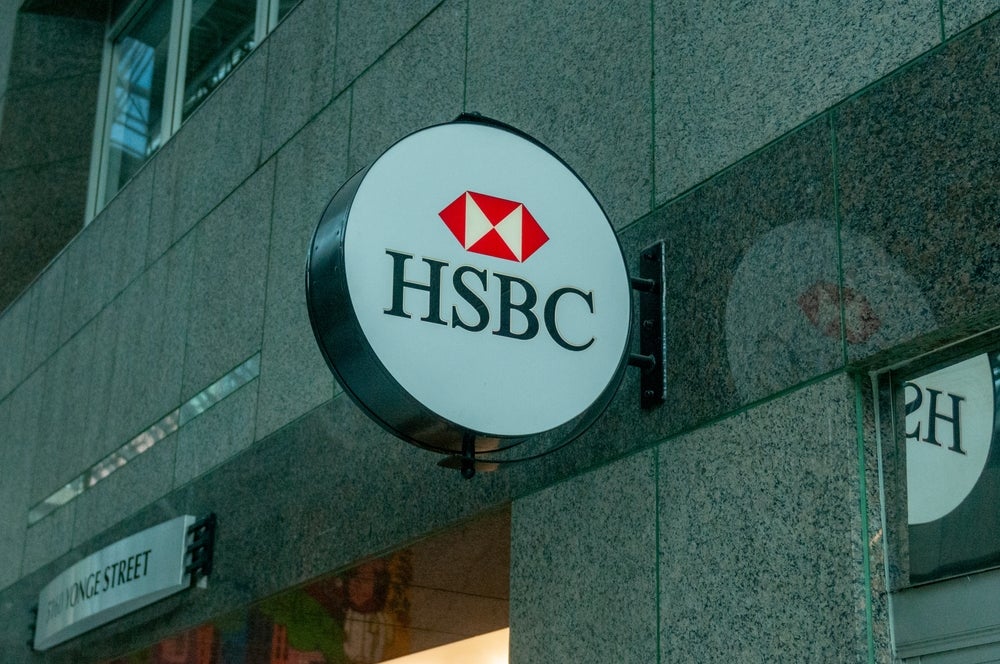
Peer-to-peer (P2P) funding has exploded in recent years. First emerging in the early 2000s, this more direct form of lending came of age during the financial crisis, as traditional funders tightened their purse strings. More recently, P2P has made inroads into the motor finance market. Saad Ahmed investigates how it could disrupt the industry.
P2P funding began to emerge in the mid-2000s, and has since boomed in a number of countries.
Marketed as a relatively low-risk yet fair-yield asset for would-be investors, and a simpler, faster alternative to traditional lending to its customers, P2P has made inroads into many sectors.
The emergence of P2P funding in motor finance is increasing in speed. With a greater proportion of P2P loans being spent on cars, this relatively new form of lending could pose a challenge to traditional motor finance. As P2P lenders begin to investigate secured vehicle funding, it seems unlikely that these lenders will stay in their lane.
The form
In the automotive space, P2P lending operates differently from traditional motor finance options. In the majority of cases, P2P loans are offered on an unsecured, personal basis, and not specifically tied to a particular car or asset.
Andrew Lawson, chief product officer at Zopa, tells Motor Finance that many of its borrowers take out loans to purchase a car.
How well do you really know your competitors?
Access the most comprehensive Company Profiles on the market, powered by GlobalData. Save hours of research. Gain competitive edge.

Thank you!
Your download email will arrive shortly
Not ready to buy yet? Download a free sample
We are confident about the unique quality of our Company Profiles. However, we want you to make the most beneficial decision for your business, so we offer a free sample that you can download by submitting the below form
By GlobalData“We do around £80m a month of consumer lending at the moment, and around a third of our customers today take a Zopa loan for the purposes of [buying] a car,” he says. “They come direct to us, or they come through intermediaries like price-comparison sites or brokers, and what we provide for them is a simpler, quicker experience to get a loan.”
RateSetter also offers unsecured personal loans, but Nick Elkan, head of RateSetter Motor Finance, says the lender has established partnerships to more closely pair these products – the loan and the car – together.
“We have formed a few pretty robust partnerships across the motor sales landscape, including all of the accounts in the three established routes to market, [those being] car dealers, car brokers, and car supermarkets,” Elkan says.
“Our core product is an unsecured personal loan. It gives absolute speed and flexibility that I think the historical lenders find pretty hard to beat.”
RateSetter began offering lending for motor finance in 2013. The lender acquired motor finance businesses Vehicle Stocking and Vehicle Credit in May, and ended its wholesale lending originations. At the time, the lender said it was focusing on direct lending, though it continued to offer funding through brokers in addition.
When it announced the end of wholesale funding, RateSetter said it would offer direct-to-consumer loans to George Banco’s customers, a guarantor with which it had previously offered wholesale lending. Less than a month later, it chose not to, deciding there were better uses of its resources. Elkan did not expand on the reasons behind this decision.
Need for speed
One major advantage over traditional motor finance lenders that the P2P funders claim is speed. Lawson says Zopa’s purely online model allows it to process applications faster and provide decisions quicker than traditional lenders.
“We are a fully online experience, whereas a lot of lenders are still multi-channel and require you to print off papers, sign then and send them back. We are fully online, and can provide same day decisions and money to customers in the same day,” he explains.
Lawson argues that wet signatures and drawn-out processes put traditional motor finance providers at a disadvantage to new lenders. “You wait three weeks to find out if you are going to be approved, and you wait three weeks to find out what your monthly payments are actually going to be,” he says.
Lawson claims Zopa’s process has high customer satisfaction as a result of its “simpler, cleaner, and faster” process.
“For our borrowers we have Net Promoter Scores of around 86. Most banks are kind of negative or zero,” he adds. “We compete with the likes of Amazon and Apple in terms of customer satisfaction.”
The comparison of Zopa to Amazon and Apple is no accident. Many P2P lenders see themselves as digital natives, which began and remain operating online, in contrast with traditional motor finance providers. Being unencumbered by the legacy systems of traditional lenders – both captive and non-captive – allows P2P funders to act faster, become more agile, and utilise technology more effectively.
Alex Ellerton, partner, financial services group at Grant Thornton, says many P2P lenders behave like technology companies. “What I think we are seeing are highly agile tech firms doing what they do best – moving quickly at opportunities,” he says.
Elkan says RateSetter allows the process to be completed online, including a customer login where credit decisions can be accessed from any location.
“They read through our T&Cs and the pre-contract online, and money is then transferred into their bank account the next working day,” he says.
“From a traditional point of view, the process could easily take a week, whereas with us, in a perfect scenario it can take a matter of minutes.”
Elkan tells Motor Finance that because funds are not contingent on a customer securing the exact vehicle first, the process is made faster.
Another reason P2P lenders claim greater customer appeal is through their credit searching process. Zopa uses soft credit searches, which do not affect an individual’s credit rating. Lawson notes that this is a key factor contributing to the competitiveness of P2P vehicle funding, as it does not affect an individual’s ability to secure other loans in future.
Increasing access
P2P funding, like many forms of alternative lending, came of age during and immediately after the financial crisis.
“We lent through the financial crisis in 2008, which really was the making of the company,” Lawson says.
Zopa was founded in 2004, but began to expand during the financial crisis. Lawson claims that despite losses, P2P investors received yields of 3.5%.
Almost 10 years after the financial crisis, increases in levels of consumer debt are causing alarm among some sections of industry. The Bank of England recently published a stability report in which it warned about rising consumer credit far outstripping the rate of growth of income.
Concerns over the growth of car debt drove Andrew Bailey, chief executive of the Financial Conduct Authority (FCA), to talk to US regulators for advice. In June, MPs and debt charities demanded that motor finance lenders release figures concerning the amounts of subprime lending in which they were engaged.
Comparisons with subprime mortgage lending have also come thick and fast from sections of the press. Though P2P lending currently operates on a different funding structure to traditional motor finance options, it contributes to increasing consumer debt. P2P lenders in many markets have been involved in risky practices, which have resulted in scandals and considerable financial losses.
As P2P lenders continue to try and increase its use as a reliable investor product – which, according to Lawson, “sits somewhere between cash and stocks and shares” – such scandals may undermine confidence in their credentials.
Motor Finance asked the interviewees how P2P lenders could reassure both lenders and investors that they were not involved in unscrupulous practices. The consensus was that the environment for P2P loans in the UK was different from that of other countries, especially China, where P2P lender Ezubao was found to have operated a pyramid scheme.
“The way that P2P operates differs by geography, and you can see that in the way that those peer-to-peer platforms are set up,” Lawson says.
Becoming part of the regulated spectrum of financial services is another way the lenders suggest they can ensure public trust in their industry. Lawson suggests that the existence of a trade association, the Peer-to-Peer Finance Association (P2PFA), formed by the UK’s largest P2P lenders, has helped to develop the regulatory environment.
Out with the old?
As new forms of vehicle funding strengthen, the continued presence of the older players may seem less secure.
At present, P2P vehicle funding is still linked to unsecured personal loans, but Zopa seems determined to change that. Lawson tells Motor Finance that the P2P lender is beginning to explore offering secured car finance, firmly matching the funds with the consumer’s end product.
“We are starting to get involved in secured auto finance,” he says, “We are a business that formed in 2004 to solve customer problems, and we still go out to try and solve those problems. That means bringing better experiences to borrowers in the auto market.”
Lawson says Zopa’s online nature allows it to better integrate with its ‘distribution partners’ in secured motor finance. “Where those distribution partners are looking to make changes to how their propositions for customers work, we can work with them to do that very quickly,” he says, adding that Zopa has begun to explore this.
Increased regulatory interest in the P2P funding sector also adds credence to the belief that it could cause widespread upset in the motor finance industry. Zopa was the first major UK P2P lender to receive authorisation from the FCA.
Lawson tells Motor Finance that the sheer size of the P2P industry had prompted the FCA to start looking into regulating the sector.
“It is now becoming a size where they are looking at whether they have the appropriate framework for it, and it was announced last year that they were going to be investigating that,” he says, adding: “We found them to be very supportive in general.”
RateSetter explains that it is in the process of FCA authorisation, and hopes to be fully authorised by the end of this year.
However, not all corners are convinced that P2P is set to displace existing motor finance lenders. While saying that FCA authorisation helped to add respectability to P2P, Elkan insists that hire purchase would remain an option in future. He argues that the greater degree of consumer protection afforded to motor finance agreements such as hire purchase would see the old providers retain some business.
“They benefit from increased consumer protection, enhanced by having a hire purchase agreement, which they do not have with a personal loan,” Elkan explains.
Ellerton says the time taken for P2P lenders to achieve authorisation may also halt its continuing advance into the motor finance space – or at least slow it down. He notes that many P2P platforms have entered authorisation and decided to withdraw, owing to the sheer length of the process.
“This is an interesting indicator of the amount of time it has taken to get some of these firms fully authorised,” he says. “Those firms are having their resilience and commitment tested.”
The authorisation process is not straightforward, and Ellerton says P2P lenders involved in vehicle finance – or looking to do so – will be subject to numerous requirements.
“What will be key for them is to not only show that you think it is a good idea, but that you have really understood the market risk, consumer risks, and understand the regulatory risks,” he says.
The increased attention that PCP – and car finance generally – has begun to attract seems set to rattle motor finance lenders. In an odd convergence, increased regulatory scrutiny both on P2P and vehicle funding sectors may raise questions about how they are governed in future.
“Both the elements – car finance as a starting point, and peer-to-peer firms getting involved in affecting that – are two really interesting areas of focus for the regulator,” Ellerton tells Motor Finance.
He says that until recently, motor finance providers were able to fly under the radar of regulators. The increased regulatory scrutiny of P2P lenders, he says, will not go unnoticed by the many motor finance lenders that are already unnerved by a spate of poor press coverage and rising political demands.
“Even the mainstream car finance providers will be alert to the fact that they are going to be under much more scrutiny,” he says.
The fear is that P2P lenders with less stringent criteria may be able to swoop in and capture motor finance customers by offering faster service, and cheaper rates.
As the P2P lenders continue to advance in the sector, traditional motor finance providers may have cause for concern.







